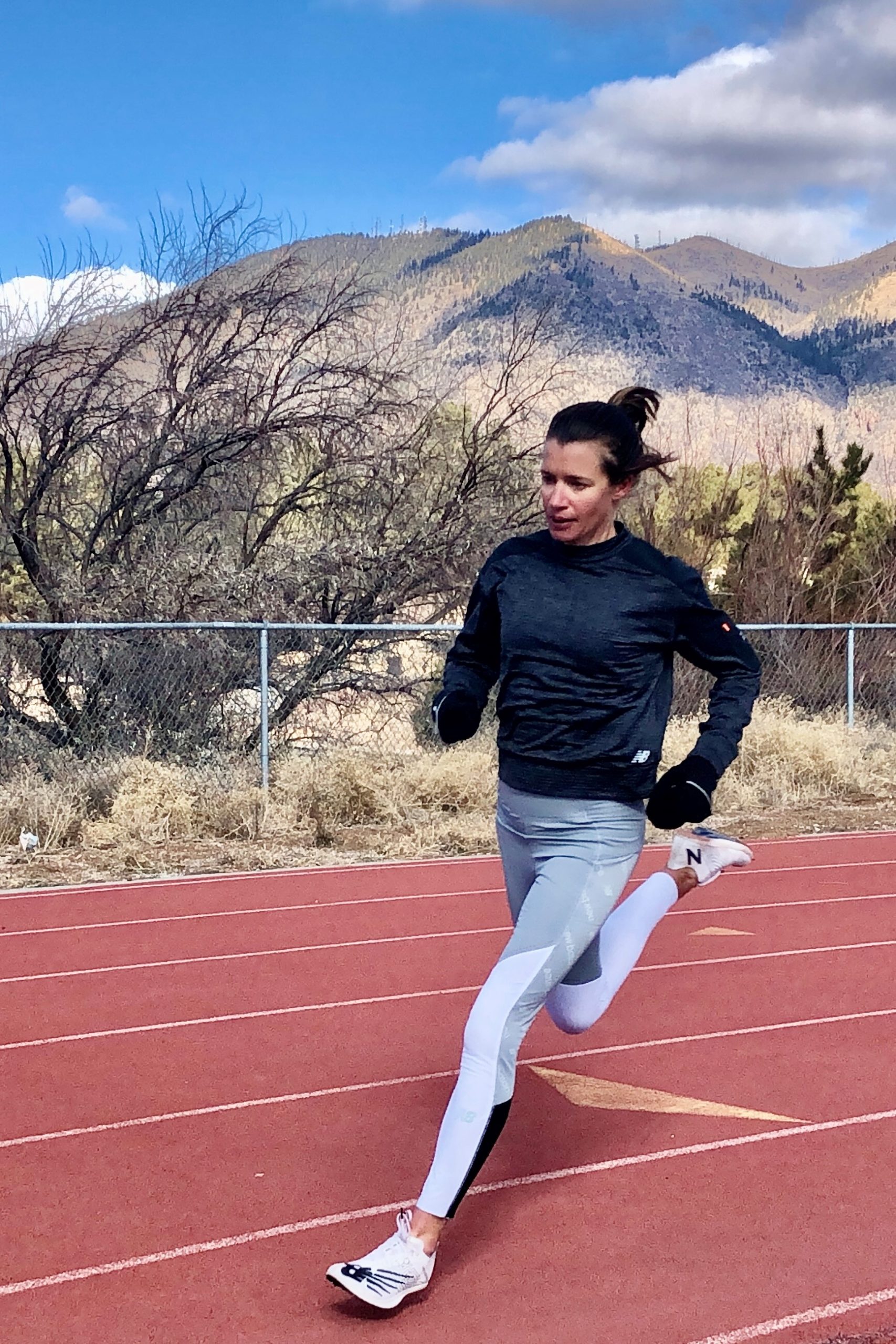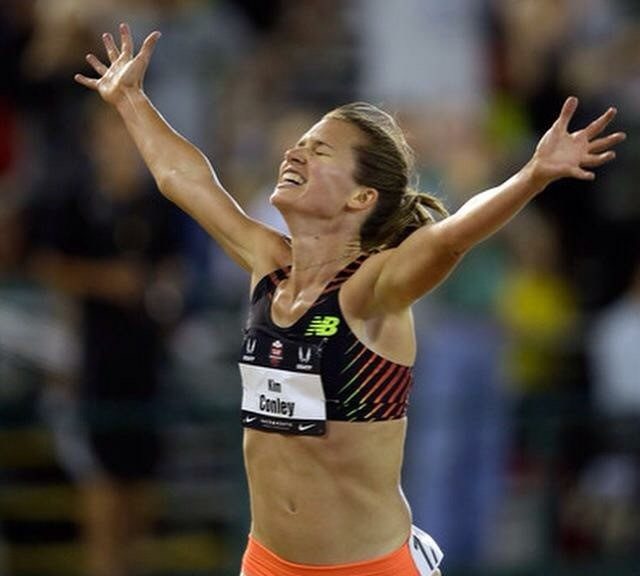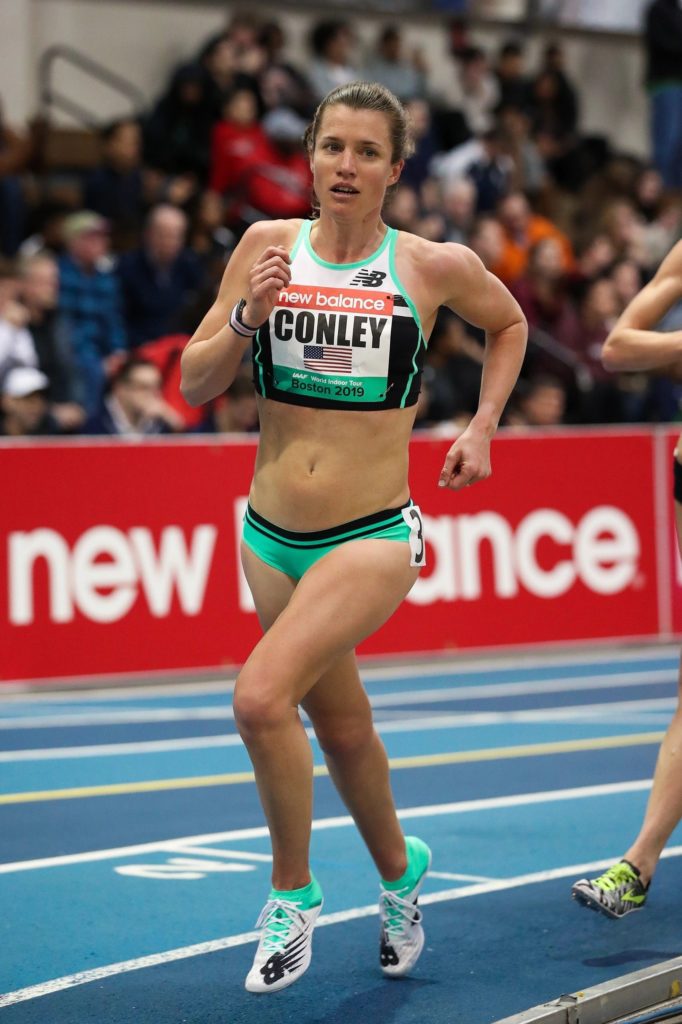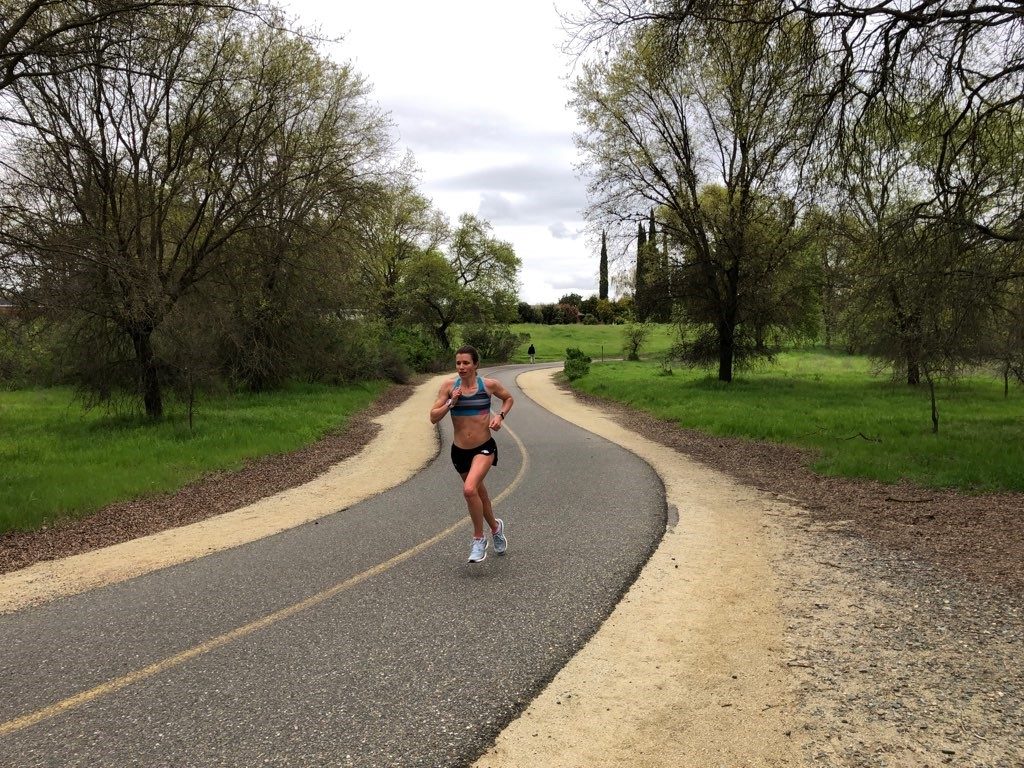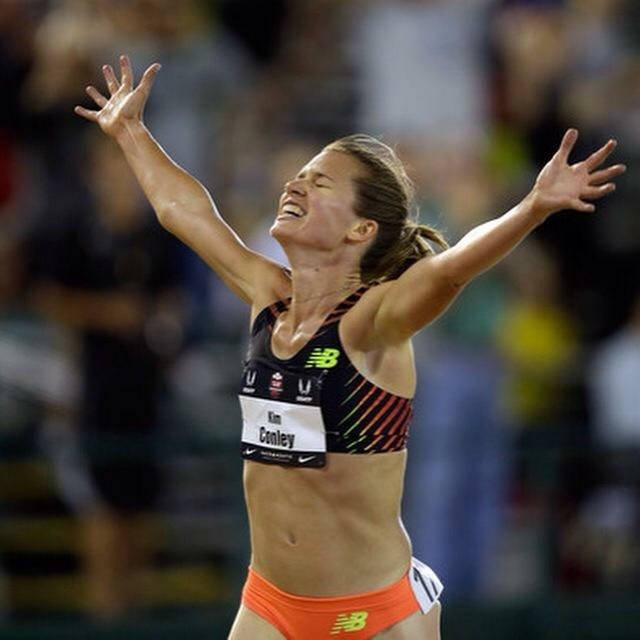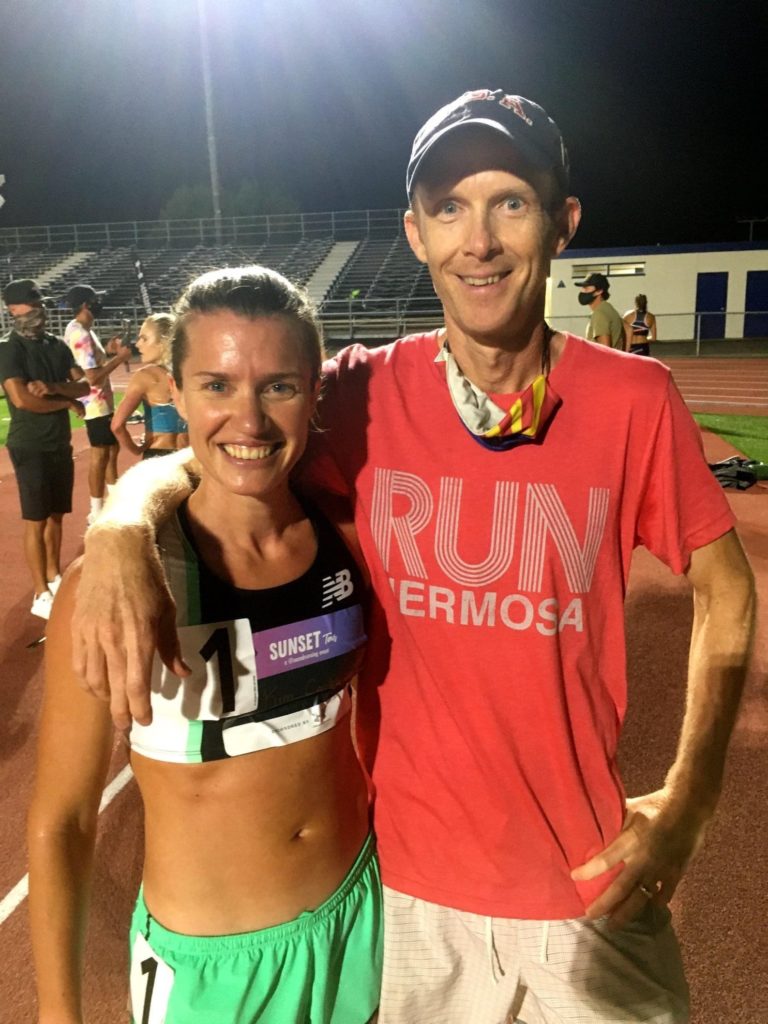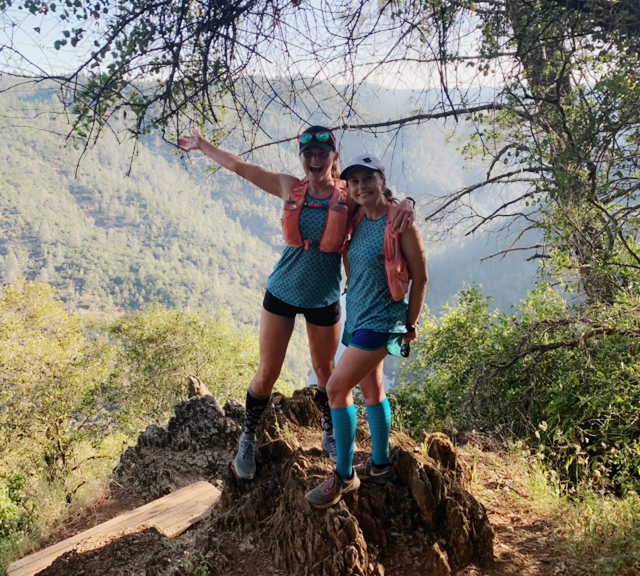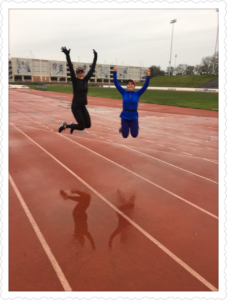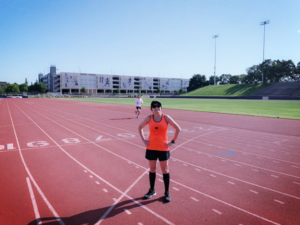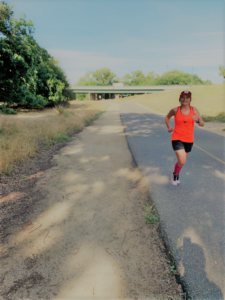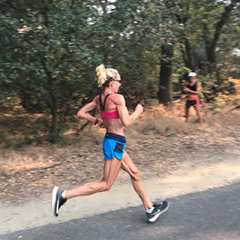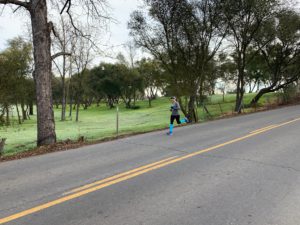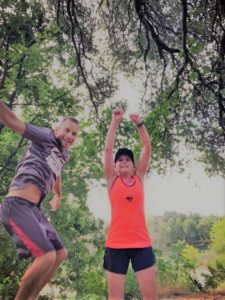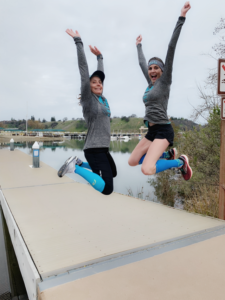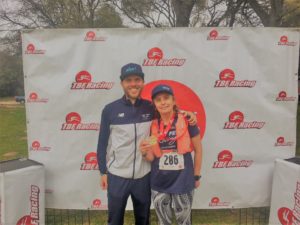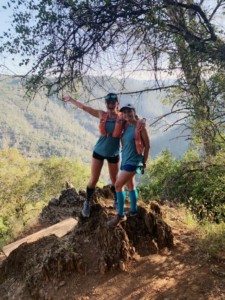“I have become much more comfortable dwelling in a world where we’re not sure what’s coming. I can wake up every day and prepare as if I’ll be at the Olympic Trials this summer, but if that doesn’t come to pass, I can regroup and reset my sight lines.” Kim Conley
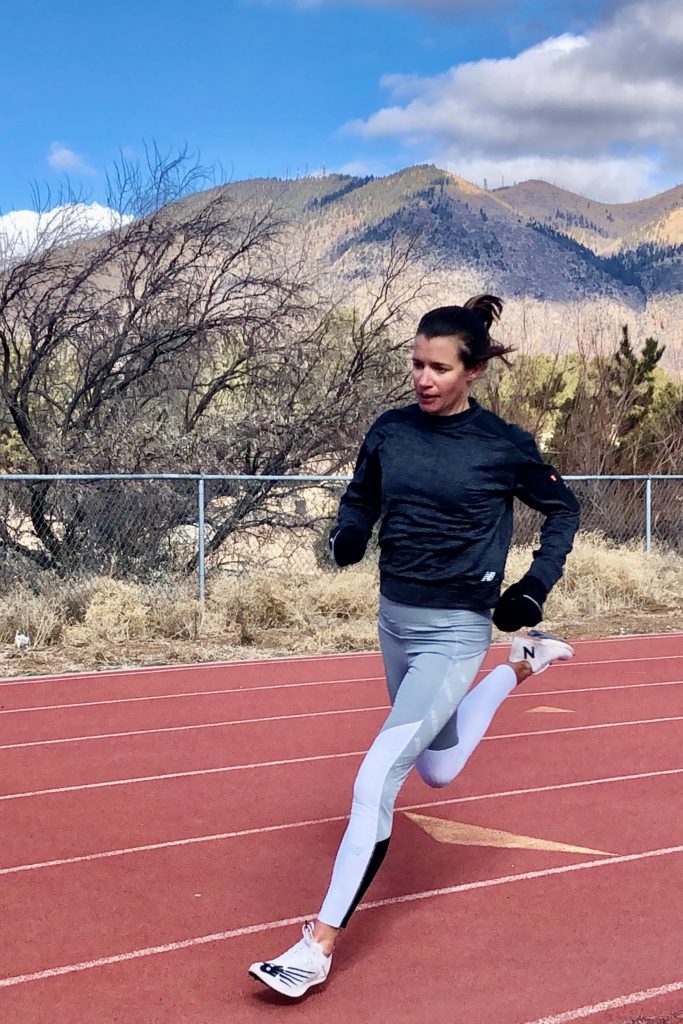
Are you hopeful for a brighter 2021? Then follow the wise, down-to-earth, and inspiring advice from Kim Conley, United States Olympic runner, who represented our country eight times, including at the 2012 and 2016 Olympic games, and hoping to represent again this year at the Tokyo Olympic games. As Conley pointed out, we can be better prepared for 2021, if we follow three important tips and apply them to our lives:
- Becoming more comfortable with uncertainty.
- Being prepared and working hard every single day, as if we were going to the Olympic games, which to me, equates to early preparation prevents poor performance in everything we do, or as Sun Tzu said “every battle is won before it is fought.”
- Regrouping when things get canceled, or don’t go our way, and thus be ready for the next battle.
Kim Conley sees 2021 as motivating, helping her stay on task with her training. When the Olympics were postponed and there were no races on the calendar, Conley enjoyed running and exploring the trails around Flagstaff, even though she lacked the normal structure to a training routine targeted to peak performance. After being able to do some racing in the second half of the year, Conley concedes that even if the major global events won’t happen, there will still be micro meets for which she wants to be prepared. For now, Conley is acting as if the Olympics will take place and preparing for the Olympic Trials in June. She will be racing a 10,000m in Austin, Texas at the end of February as an attempt at the Olympic standard, and in order to achieve these big goals, Conley has embraced some of the lessons that 2020 has taught her, such as:
- Be adaptable to life’s swift changes in a way that she has never been before.
- Be prepared to be disappointed, such as a race being canceled at the last minute, which so many of us have experienced last year, but maybe did not embrace life’s disillusionment with the same equanimity and serenity as Conley.
- Be open to change and welcome it as a catalyst towards personal growth. For instance, one of the things that Conley changed in her training was to move to Flagstaff permanently in the middle of 2020, and thus train at altitude full time. Additionally, Conley stopped going to the gym, but instead, she uses the developed at-home strength routine based primarily around the KBox Trainer by Exxentric.
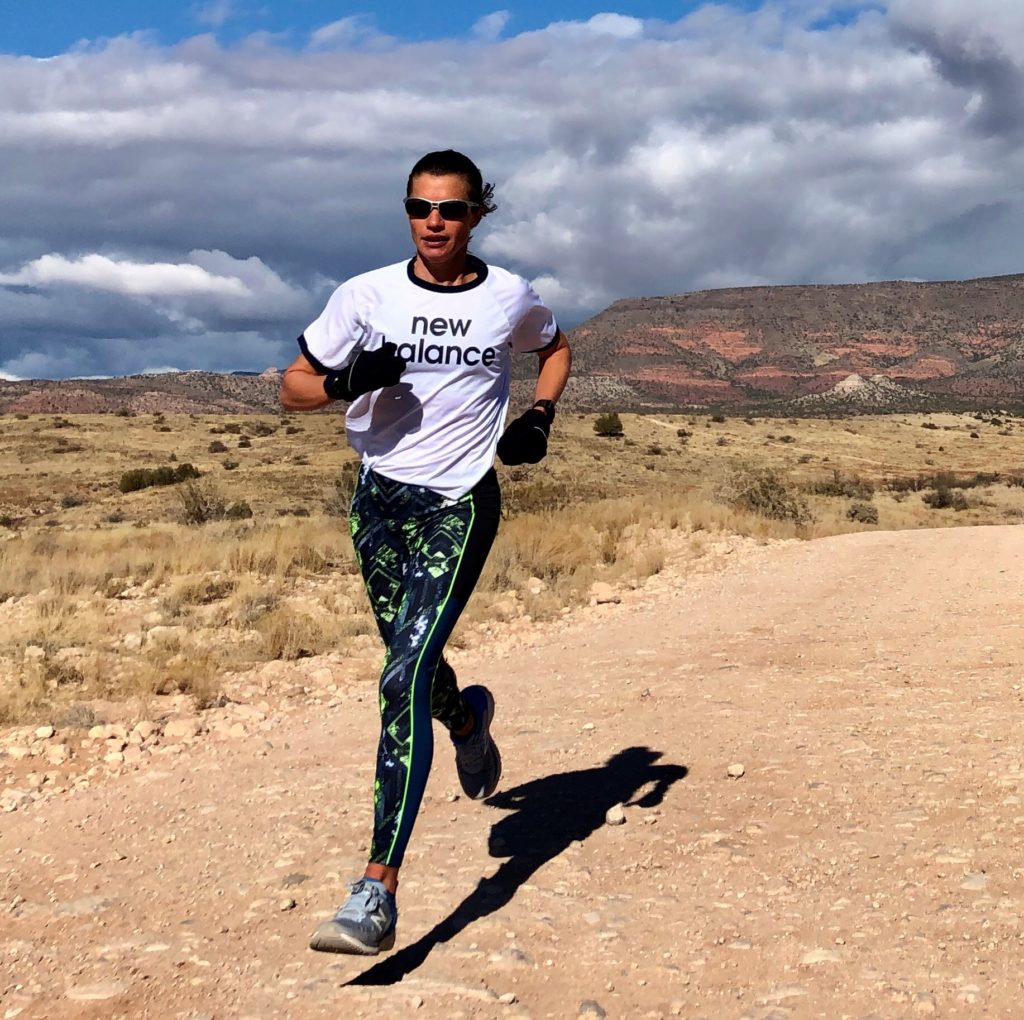
And if you are wondering what a day in the life of an Olympic runner looks like, Conley was kind to give us an example of a heavy training day from the month of January:
Wake up ~8am
Breakfast of steel cut oats with collagen mixed in and coffee.
~9am Prehab: I do a series of foot strengthening exercises (this is timed for when my body will have absorbed the collagen and is targeting it to where tendon and ligaments I stress during the routine).
~9:30 drive down the mountain from Flagstaff to a track in Cottonwood which is at about 3000ft of elevation. The lower elevation allows me to run my sea level race paces.
~10:30am Track workout: 2 mile warm up; 6 sets of 1000 at 10k pace followed by 600 at 5k pace. 200 meter jog between everything; 1.5 mile cool down.
~12:30 drive home and drink a recovery drink in the car
~1:30 lunch
Afternoon is spent reading, writing, snuggling Smokey, and sometimes attending virtual meetings (I am a board member for the USATF Pacific Foundation and write the copy for email correspondence, web etc.). Conley is a huge reader and has a few books on her reading list, such as A Promised Land by Barack Obama, The Warmth of Other Suns by Isabel Wilkerson, and The Bean Trees by Barbara Kingsolver, a novel set in Tucson, Arizona, where her next sea level camp will take place.

~5pm 3 mile easy shakeout run on turf fields at NAU

~7pm dinner
~8pm watch basketball, eat some chocolate, drink tea
~9pm light massage work, then bed
One of Conley’s favorite workouts that is getting her ready for the 2021 competitions: the steady-state run, which is running 8 miles at marathon pace (based on current fitness, not goal pace), then a month later progressing it to 10 miles at a slightly faster pace. Conley thinks that this workout is not as hard as doing 5k/10k pace on the track, but it definitely makes her feel really strong. On top of these tough and focused workouts, Conley runs twice a day about three to four times a week. She also does her strength training twice a week to be able to run strong and stay injury free.
And last, but not least, Conley has some great actionable mental, physical, and emotional advice for us mortals to have a brighter and better 2021.
Mental: Write your goals down and actively do something every day that is bringing you a step closer to achieving a goal.
Physical: Be proactive with your body’s health. Eat well and do strengthening exercises to keep your body able to handle the training load you desire.
Emotional: Talk about whatever you are feeling. We are living in hard times and don’t get the same levels of human connection that we are used to and need. “It helps me to tell other people when I’m sad that I’m not seeing them, or to know that others also miss seeing their loved ones.”
We wish Kim Conley to hopefully participate in the Tokyo Olympics this year and to put all her hard training to good use, competing at the highest level, representing the United States with pride. Happy feet, Kim, and thank you for inspiring the athlete and the human being in all of us.
To follow Kim Conley’s Olympic journey, feel free to connect with her on IG @kfconley, FB, Twitter, or check out her website www.kimfconley.com.
For more inspiration on how to let “AIR,” which stands for adaptation, inspiration, and resilience guide and uplift you during these uncertain and crazy times, please consider buying my print edition or e-book The PR- The Poetics of Running, A Book of Poetry in Motion on Amazon, or buy it straight from my blog by clicking on my books link, which will take you to Amazon. A portion of the proceeds from the sale of the book is going to Girls on the Run Sacramento chapter organization.
For more info on running and real estate, whether buying or selling, please e-mail me at carmenmicsa@yahoo.com, or call me at 916-342-2446. Also mention this blog and receive a great offer whether buying (credit for closing costs), or selling (commission discount). Running for real estate with joy!

